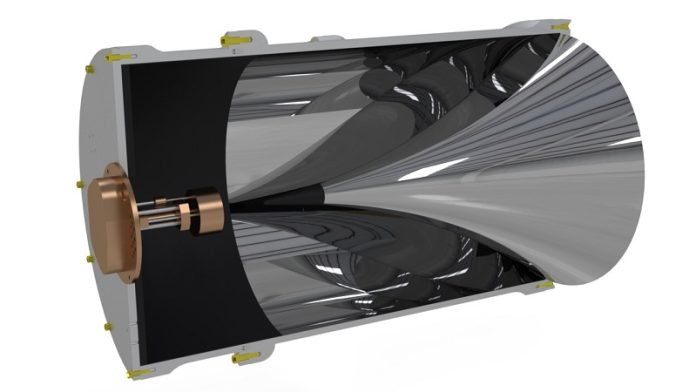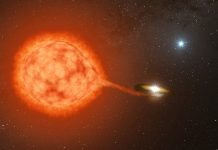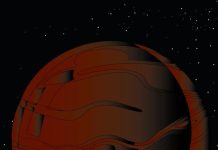
Imagine trying to find something that you know is there but can’t see, touch, or hear.
That’s the challenge scientists face with dark matter, a mysterious substance that makes up about 85% of all the mass in the universe.
Although we can’t see dark matter directly, we know it’s there because of its gravitational pull on stars and galaxies.
The search for dark matter is one of the biggest puzzles in science today.
A team of researchers from the University of Chicago and Fermi National Accelerator Laboratory has embarked on an innovative quest to uncover this elusive part of our universe.
Their project, called the Broadband Reflector Experiment for Axion Detection (BREAD), aims to shine a light on dark matter in a way that’s never been done before.
Unlike previous attempts that meticulously comb through the cosmos one frequency at a time, BREAD tries to listen to a whole range of frequencies at once.
It’s like scanning through thousands of radio stations simultaneously instead of painstakingly tuning into each one.
This approach could speed up the search for dark matter without needing a lot of space or money.
David Miller from the University of Chicago and Andrew Sonnenschein from Fermilab are the brains behind BREAD.
They’re excited about their novel method, which has already shown promising results. BREAD’s detector is looking for dark matter particles called “axions” or “dark photons.”
These tiny particles could turn into a photon, a particle of light, under the right conditions.
The heart of BREAD is a metal tube with a curved interior, designed to catch and direct potential photons to a sensor.
This compact setup is so small you could wrap your arms around it, making it stand out in a field where experiments can be gigantic.
For its initial tests, the BREAD team ran the detector without magnets, keeping it simple to prove their concept works. The results were encouraging, demonstrating excellent sensitivity in their chosen frequency range.
This success marks a significant first step in their journey.
Now, BREAD has been moved to Argonne National Laboratory, where it sits inside a repurposed MRI magnet to enhance its dark matter detection capabilities.
Its future home will be at Fermilab, where an even stronger magnet awaits.
These upgrades are part of the team’s plan to refine their search for axions.
This collaborative effort spans several prestigious institutions, including MIT, Caltech, and the University of Washington, to name a few. Each is contributing to the development of future versions of the BREAD experiment.
BREAD’s innovative approach to searching for dark matter exemplifies the power of creative thinking in science.
By looking at the problem from a different angle, the team has opened new paths in the quest to understand the universe’s most abundant yet invisible matter.
As they continue to refine their detector and expand their search, we inch closer to uncovering the secrets of dark matter.



